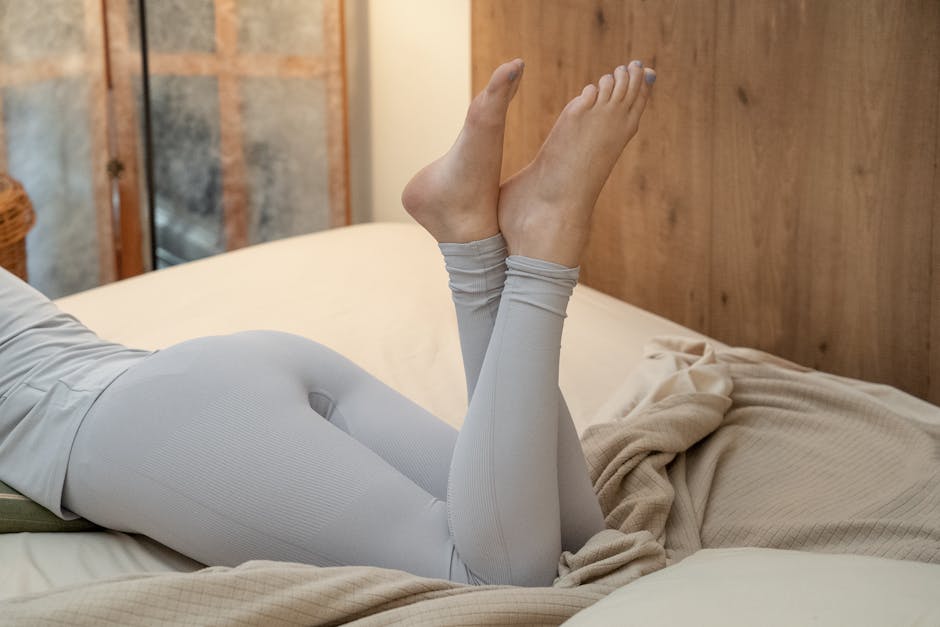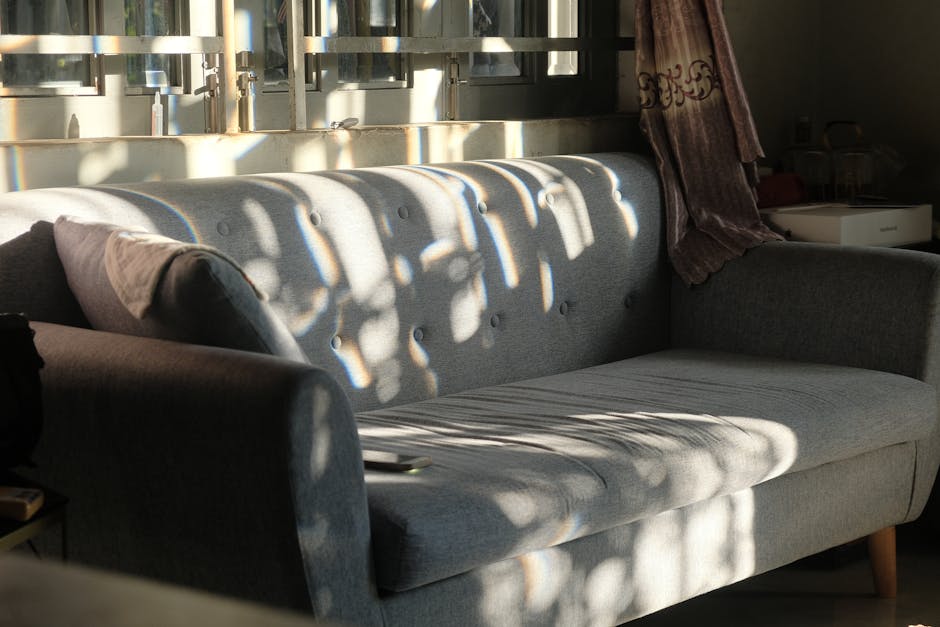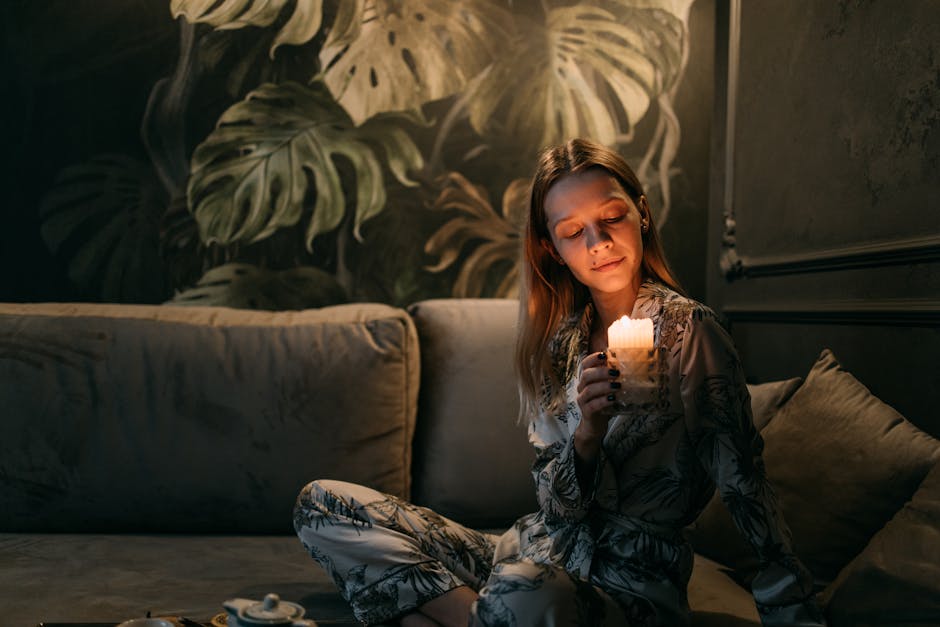TLDR
Shelter as Sanctuary

After years of routines—drop‑offs, recitals, co‑parent meetings—the empty halls can feel heavy with absence. Psychologists say our surroundings shape our mood and recovery. Simple changes in paint hues or lamp styles can support emotional healing.
Last spring, trophies from Libbie Hill were replaced by a fiddle‑leaf fig in the sunroom. The air felt lighter, as if the house itself was breathing.
Spatial Recalibration

Moving sofas and shelves is more than décor—it’s self‑liberation. Workshops in Richmond’s Fan district teach Marie Kondo’s KonMari method to honor items that spark joy and let go of those tied to old wounds.
Experts agree: redefining our spaces rebuilds who we are after a major life change.
Journaling as Emotional Cartography

Local circles at the Virginia Museum of History & Culture offer prompts like “Recall a childhood walk by the river.” Writing with scent cues—lavender sachets or honeysuckle spritz—can boost mood by up to 20%.
Sample Journaling Prompts
- Describe a Richmond memory that still warms your heart.
- List three things you miss—and three you look forward to.
- Draw a simple map of your ideal living space.
From Solitude to Resilience

Solitude can nurture transformation. Mindful design and daily journaling turn a house into a living testament of recovery.
Each renewed corner, each inked page marks a step toward resilience—and toward a new beginning.
empty nesting, self-care, emotional healing, decluttering, space redefinition, journaling, resilience, solitude, self-renewal, personal growth, house transformation, mindful living, identity rebuilding, reflection, mental wellness, stress reduction, home makeover, stress relief, lifestyle adjustment, emotional well-being, new beginnings, co-parenting balance